Whewell’s Gazette
Your weekly digest of all the best of
Internet history of science, technology and medicine
Editor in Chief: The Ghost of William Whewell
Volume #31
Monday 19 January 2015
EDITORIAL:
Welcome to Volume #31 of the world’s numero uno #histSTM weekly links list, Whewell’s Gazette. Yesterday, 18 January, was the 107 anniversary of the birth of Polish-British polymath Jacob Bronowski. As I said on more than one occasion I became interested in the history of mathematics when I read a copy of Eric Temple Bell’s Men of Mathematics, at the age of sixteen. Two books did more than anything else to cause me to widen my horizons to a more general history of science, one was Arthur Koestler’s The Sleepwalkers and the other was Jacob Bronowski’s The Ascent of Man.
Bronowski’s The Ascent of Man was originally a much praised television series but in my case it was the book to the series that had a major impact. Later I would go on to read two books by Bronowski on the philosophy/sociology of science, The Common Sense of Science and Science and Human Values, both of which influenced my interest in science studies. When I discovered that Bronowski had also written books on William Blake, then and now my favourite poet, my fate was sealed, I was definitely a fan. I don’t do heroes but if I did Bronowski would be a serious candidate.
In many discussions over the years both on blog comment columns and on Twitter I have become aware that The Ascent of Man played an important role in the career decision of quite a few historians of science and so I have decide to dedicate this edition of Whewell’s Gazette to the memory of Jacob Bronowski (18 January 1907 – 22 August 1974)
PHYSICS & ASTRONOMY:
The Sloane Letters Blog: Storms, Sounds and Authorship
Ptak Science Blog: Searching for Extraterrestrial Intelligence, 1961
National Geographic: A Half Century of Martian Invasions
Corpus Newtonicium: All was light – but was it?
Uncertain Principles: Science Stories: Letters to Famous Physicists
Medium.com: When Einstein met H.G. Wells
Conciatore: Torricelli and Glass
Voices of the Manhattan Project: Hugh Taylor’s Interview
Making Waves: Oliver Lodge and the Cultures of Science, 1875-1940: The Alternative Path: Lodge, Lightning, and Electromagnetic Waves
Irish Philosophy: Small and Far Away: Thomas Kingsmill Abbott
New York Review of Books: Los Alamos Declassified
Atomic Heritage Foundation: Hanford, WA
Medieval Books: Medieval Apps
Greenwich.co.uk:blogs: The Grave of John Flamsteed
The Institute: A History of the Magnetic Compass
O Say Can You See?: What emerging science got the public excited in the 1860s? Spectroscopy!
The Indian Express: In the word “sine”, we see interconnection of three mathematical traditions – Indian, Arabic and European
EXPLORATION and CARTOGRAPHY:
Richard Who?: Editing Hakluyt’s The Principal Navigations: A 8nearly) 10-year Progress Report
SvD Kultur: Se de okända bilderna från Andrées polarfärd
Livescience: Treasured 16th-Century ‘Lenox Globe’ Gets a Digital Makeover
Slate Vault: Pitching a Potential Donor, Shackleton Sketched This Expedition Map
Channel Asia News: NLB launches its first festival on maps
MEDICINE:
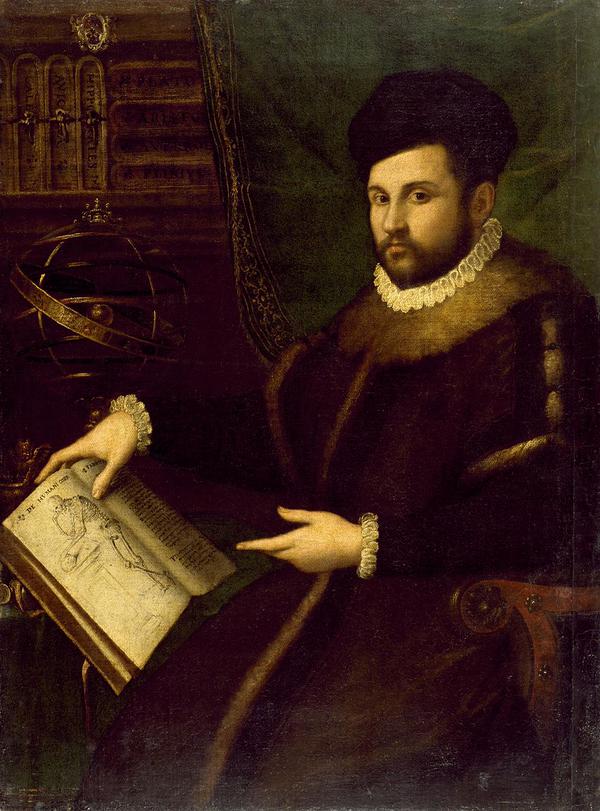
Physician Gerolamo Mercuriale holding Vesalius’s De Humani Corporis Fabrica c 1600
Painter: Lavinia Fontana (1552-1614)
Mental Floss: Five Medical Innovations of the Civil War
MBS Birmingham: Saving teeth, removing inequalities: Fluoridation in Birmingham, 1964–2014
From the Hands of Quacks: Actina: A Wonder of the 19th Century
Discover: The Tragic History of Surgery for Schizophrenia
Fiction Reboot: MedHum Monday Presents: A Little Drop of Poison
The Recipes Project: Flower power: Cato’s medicinal recipes
AWH: Fe del Mundo, first female student at Harvard Medical School
The Recipes Project: Wild Thyme, Bitter Almonds, and Extract of Beavers – The Medicinal Recipes of Scribonius Largus
Wired: Strange Antique Medical Devices That Promised to Cure Everything with Electricity
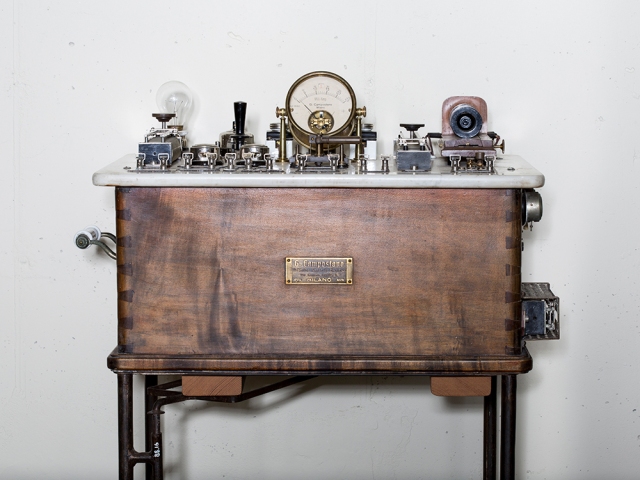
Multi-purpose electrotherapy machine (Italy, 1922). This device could be used to treat muscle conditions, alleviate pain, or cauterize wounds.
CHEMISTRY:
Chemistry Hall: Discovery and Synthesis of LSD
EARTH & LIFE SCIENCES:
Rosetta Stones: Wallace’s Woeful Wager: How a Founder of Modern Biology Got Suckered by Flat-Earthers
Darin Hayton: A. R. Wallace and “preter-human intelligences”
Notches: Umutoni: Why Histories of African Homosexualities Matter
The Embryo Project: Ross Granville Harrison
Ptak Science Books: A Cloud Map (1873)
Evolution Institute: Yes, Darwinian Feminism Is Real. And It’s Growing
Dr Alun: ‘Rhythmical Essays on the Beard Question’: Beard haters in the 1860s!
Embryo Project: Edwin Stephen Goodrich (1868–1946)
Trowelblazers: Zonia Baber
![Zonia Baber University of Chicago Photographic Archive, [apf1-00303], Special Collections Research Center, University of Chicago Library](https://whewellsghost.files.wordpress.com/2015/01/zonia_baber-580x920.jpg?w=640)
Zonia Baber
University of Chicago Photographic Archive, [apf1-00303], Special Collections Research Center, University of Chicago Library
History of Geology: “What a confusion for Geologists” – Geologizing with Darwin
Chemical Heritage Magazine: The Mummy That Wasn’t There
Yovisto: Lewis Terman and the Intelligence Quotient
Embryo Project: August Friedrich Leopold Weismann (1834-1914)
Cartooning Evolution Home 1861–1925
TECHNOLOGY:
The Appendix: The Aviator’s Heart
Conciatore: Enamel Reprise
Ptak Science Books: Intel vs. Obelisk: The Renaissance Beauty of the Single-Chip Microprocessor
My medieval foundry: Real and possible misrepresentations about medieval copper alloy castings
Science Comma: Industrial Gas Museum, Athens – Creating and sharing knowledge about society
Mental Floss: Toilet Paper History: How America Convinced the World to Wipe
Ancient Origins: Ten amazing inventions from ancient times
Brain pickings: The Mirror and the Meme: A 600 Year History of the Selfie
Ptak Science Book: The Coming of Broadcast Television (1929)
Ptak Science Books: Killing London with the Future: City Planning with the Bressey Report, 1937
Ptak Science Books: Bicycle Story Without Words, 1869
Yovisto: Thomas Augustus Watson – Recipient of the Very First Phone Call
META – HISTORIOGRAPHY, THEORY, RESOURCES and OTHER:
The many-headed monster: Thinking about doing a PhD: who, where and how?
Live Mint: Mythology, history & science
Wonders & Marvels: Agnodice: Down and Dirty?
Chronologia Universalis: A Warning, part 1, or: Read the catalogues!
OUP Blog: Making the case for history in medical education
Bulletin of the Atomic Scientists: Scientists as celebrities: Bad for science or good for society?
dhq: Beyond Gutenberg: Transcending the Document Paradigm in Digital Humanities
Today I found out: The Mysterious Fate of the Library of Alexandria
Discover: The 5 Retro Science Kits That Inspired a Generation of Tinkerers
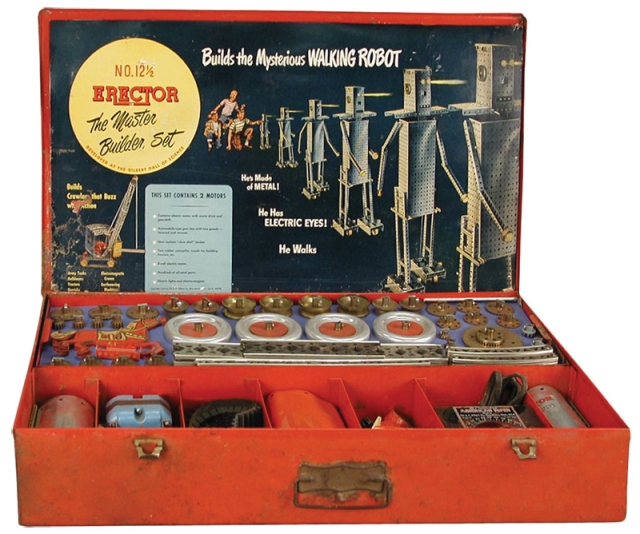
Bridges, derricks and robots were common early Erector set projects. Even newer Meccano sets have spawned impressive projects, like the airplane below. Yale medical student William Sewell really thought outside the box when he used Erector parts to build the first artificial heart pump.
Erector U.S./Meccano
The New York Times: ‘Izzy, Did You Ask a Good Question Today?’
Irish Philosophy: Berkeley’s Foray into Experimental Philosophy
Ptak Science Books: A Half-Alphabet of Color by Isaac Newton and What the Colors “Naked” and “Dead” Are (1659)
Conciatore: Michel Montaigne
The New York Times: Dorothy Thomas, the ‘Mother’ of Bone Marrow Transplants, Dies at 92
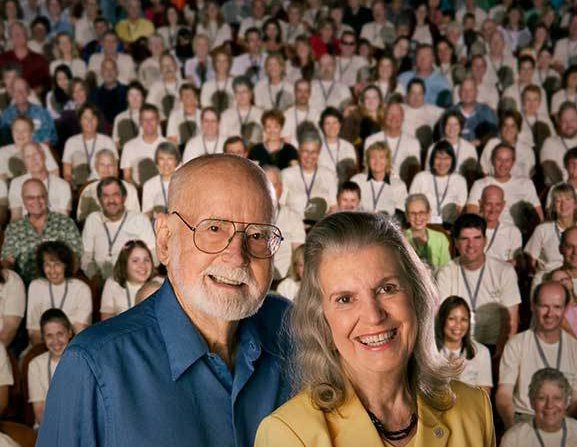
Dorothy Thomas and her husband, Dr. E. Donnall Thomas. The couple worked together on research into transplants that could cure dying patients of leukemia.
Credit Jim Linna
HSS: Saton Medal Speech: Steven Shapin: “Praising Famous Men”
The Frailest Thing: Do Artifacts Have Ethics?
The Finch & Pea: Sunday Science Poem: Lord Byron’s Post-Apocalyptic Vision
Leaping Robot: Lasers, Pot Smoke, and the “Visual Art of the Future”
Athene Donald’s Blog: Science Policy and Impact: Lessons from History
ESOTERIC:
History of Alchemy: Cornelius Drebbel
academia.edu: Intermediary Beings (ch. 64, The Occult World) pdf
Heterodoxology: Esotericism in Antiquity: An Aries Special Issue
BOOK REVIEWS:
Remedia: Unassigned Reading
The Lancet: A history of chronic diseases
Science Book a Day: Downs: The history of a disability
Chemical Heritage Magazine: The Electric Wizard
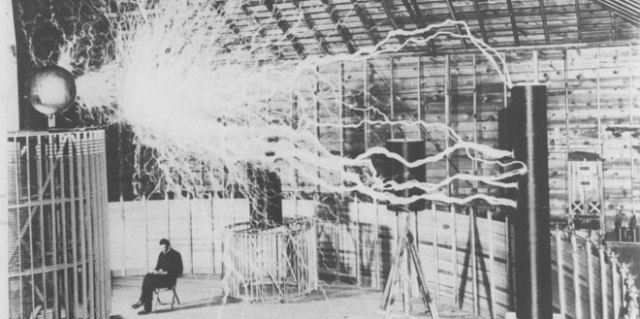
Nikola Tesla lived a life of contradictions. Tesla was equal parts showman and inventor, and these qualities underpinned his success and contributed to his downfall. A multiple-exposure photograph shows Tesla in his Colorado Springs laboratory, where he explored wireless telegraphy and produced artificial lightning.
(The Tesla Collection)
NEW BOOKS:
Juan Biquert’s Blog: Ramon Llull: From the Ars Magna to Artificial Intelligence
Science Book a Day: Women in Science: Then and Now
THEATRE:
FILM:
The Guardian: Jane Hawking: ‘I firmly believed in Stephan and his brilliance’

Jane Hawking, Stephen Hawking’s first wife, at the premiere for The Theory of Everything last month. Photograph: Ian West/PA Wire
TELEVISION:
The Telegraph: Wolf Hall programme-makers insist on straight, white teeth
SLIDE SHARE:
From Compass to Cellphone: A 4000 Year Journey @fadesingh
VIDEOS:
Manchester 1824: Kathleen Mary Drew (1901–1957) was a phycologist at Manchester
Royal Society: The Volcano Diaries – Objectivity ‘2
Vimeo: 120 years of watching movies together
Scientists You Must Know: Gordon Moore on Moore’s Law
RADIO:
The Guardian: A Selfish turn around CERN
PODCASTS:
ANNOUNCEMENTS:
Chronologia Universalis: Early Modern Chronologies: RSA 2015 Annual Meeting, Berlin 26-28 March 2015
Wellcome Library: Pre-modern medicine seminars: Spring 2015 programme
Tokyo Institute of Technology: The International Workshop on the History of Chemistry, “Transformation of Chemistry from the 1920s to the 1960s,” March 2–4, 2015
St Cross College: University of Oxford: Centre for the History and Philosophy of Science: “Voltaire and the Newtonian Revolution” One-Day Conference 28 Feb 2015
SPECIAL ISSUE OF THE JOURNAL OF EARLY MODERN STUDIES: CfP: “The Care of the Self in Early Modern Philosophy and Science”
Villa Dohrn, Ischia, Italy: Call for Applications: The Fourteenth Ischia Summer School on the History of the Life Sciences 27 June – 3 July 2015
LGBT: Lesbian, Gay, Bisexual & Transgender History: 2016 AHA CfP: Queer Migrations
Royal Institute of Navigation: Lecture: The Golden Age of Celestial Navigation, Edinburgh 4 Feb 2015
Wellcome Collections: Lecture: Wellcome’s Collectors 22 January 2015
National Library Board Singapore: Exhibition: Geo – Graphic: Celebrating Maps and their Stories 16 Jan–19 Jul 2015
Historiens de la santé: CfP: NYAM: Fifth Annual History of Medicine Night 11 March 2015
Durham University: Final CfP: The History of Thermodynamics and Scientific Realism 12 May 2015
issuu: CfP: Pulse: A History of Sociology, and Philosophy of Science Journal: Open Issue (Vol. 3 2015)
Making Waves: Oliver Lodge and the Cultures of Science, 1875-1940: Workshop 4: Scientific Lives: Oliver Lodge and the History of Science in the Digital Age 6 March 2015 Leeds Art Gallery
Historiens de la santé: History of Pre-Modern Medicine Seminar Series: Programme for Spring 2015 Wellcome Library
OU History of Science Collection: Announcing the Galileo’s World exhibition
James Gregory Public Lectures on Science and Christianity: The science-and-religion delusion: towards a theology of science Tom McLeish 16 Feb 2015
Institute Of Historical Research: Lecture: “Captain Cook, Pyrotechnist” 27 Jan 2015
University of Sheffield: CfP: A History of Public Parks 11-12 September 2015
UCL: CfP: Brno Latour and Environmental Governance Workshop 18-19 May 2015
LOOKING FOR WORK:
University of Bristol: Postdoctoral Research Assistant, History of Medicine (Life of Breath) based in the Department of Philosophy
Centre for the Study of the Book: Bodleian Libraries: Fellowships and Prizes
Harvard Kennedy School: STS Fellows Program
BSHS: Undergraduate Dissertation Archive Grants 2015
H-Environment: University of Alberta: Department of History and Classics: Doctoral Funding Opportunity – Northern Exposure
Conecta: Duke University History of Medicine Travel Grants
BSPS Doctoral Scholarship Competition 2015
Newton International Fellowships
Chemical Heritage Foundation: Digital Collections Archivist
The Heritage Consortium: 12 Fully Funded PhD Studentships In Heritage Studies
University of Oxford: CMRS Career Development Fellowship in Renaissance History

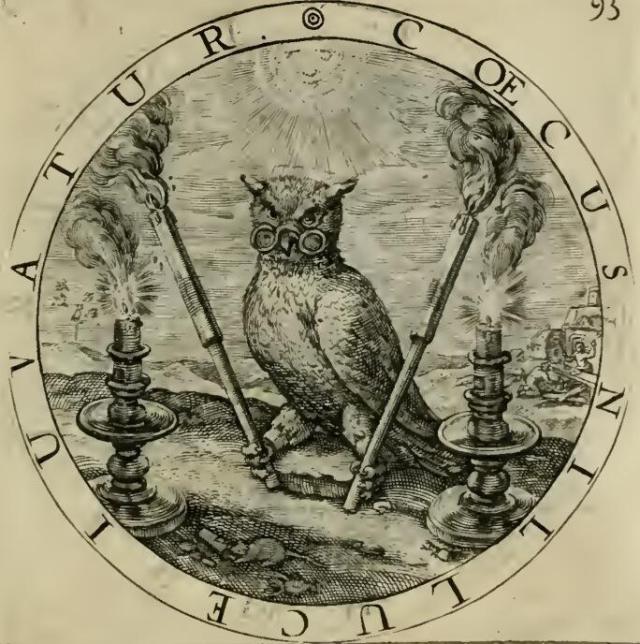
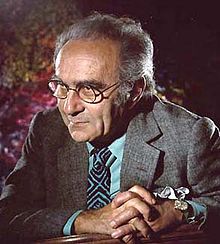
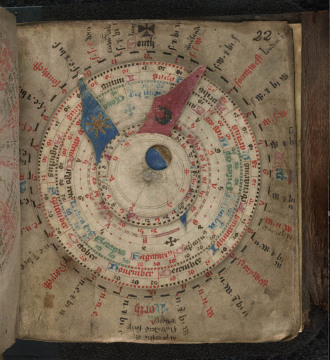
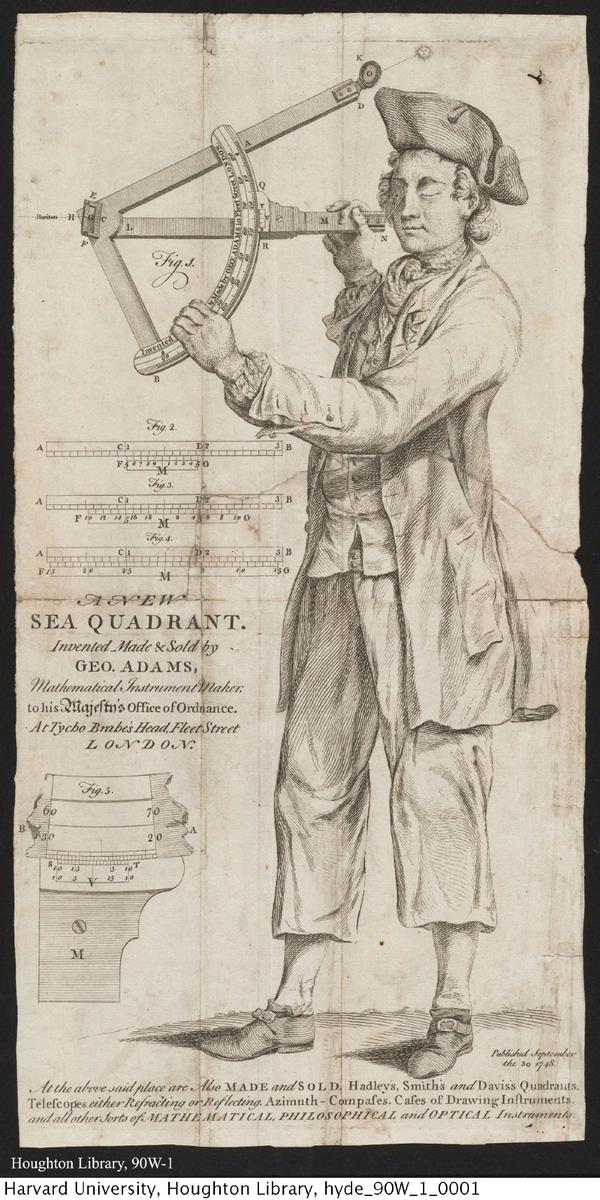
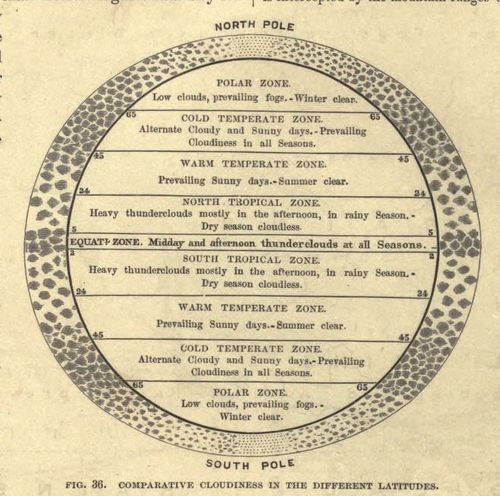
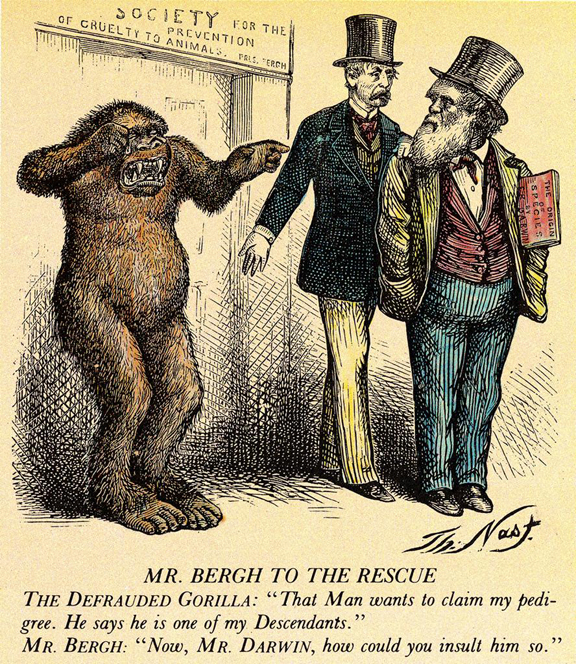
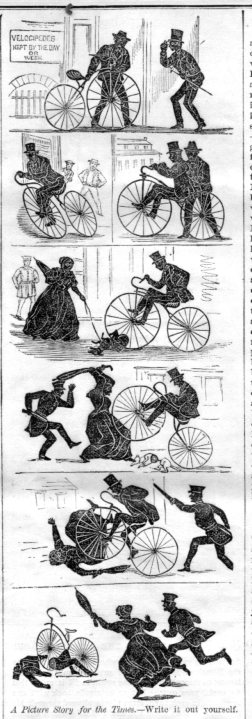
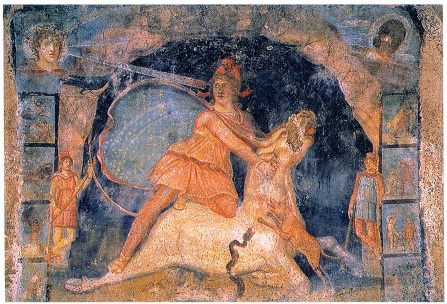
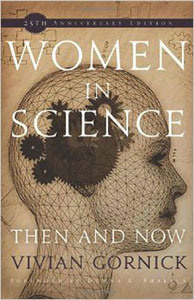
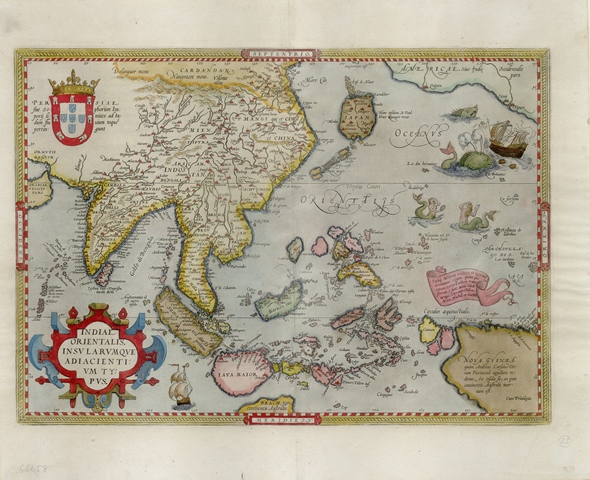
Thanks for sharing this nice article. and i wish to again on your new blog keep sharing with your article.
Thanks For Share….